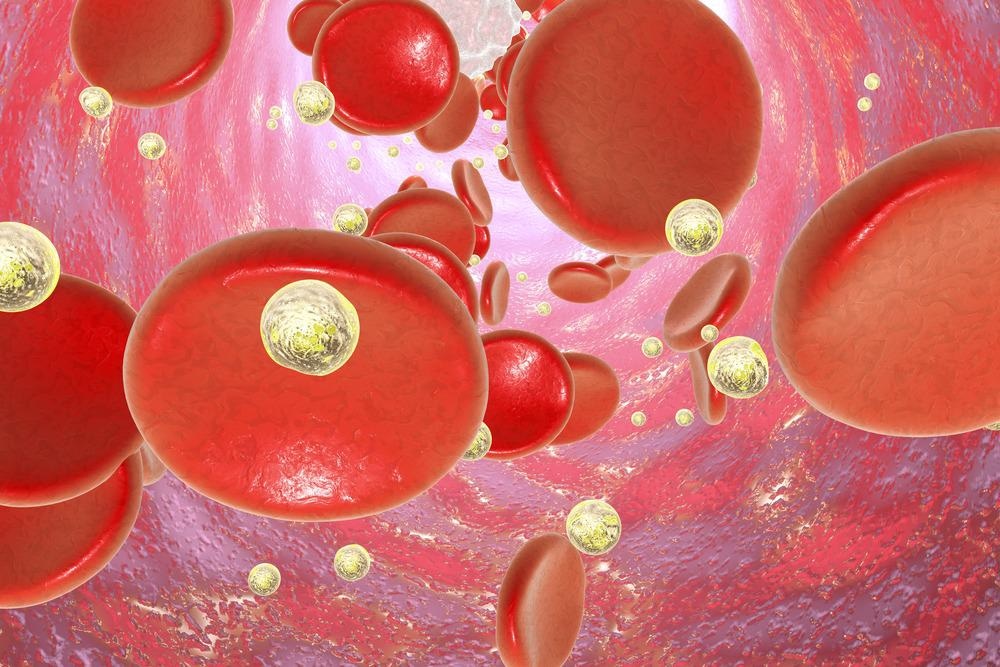May 31 2021
A collaborative study by Kazan Federal University and Chinese Academy Sciences has been reported in Chemical Engineering Journal.

Image credit: Kateryna Kon/Shutterstock.com
The research was carried out under the guidance of the Russian Foundation for Basic Research and institutions affiliated with the BRICS framework program in science, technology, and innovation. The grant title is “Nanosized peptide-based biomaterials for photodynamic tumor diagnostics.”
The development of materials for theranostics (simultaneous early diagnosis and therapy of diseases) is one of the most urgent tasks in modern chemistry and biomedicine. A feature of such materials is the combination of at least two functions: sensory and therapeutic. Various nanoparticles capable of targeted drug delivery into cells and tissues are used as carrier particles in theranostic formulations.
Rawil Fakhrullin, Project Lead and Chief Research Associate, Bionanotechnology Lab, Kazan Federal University
“The most promising are organic nanoparticles. Peptide nanomaterials are now actively used as drug delivery vehicles. The interest in peptide complexes is stimulated by their biological compatibility and safety, as well as the modification of their properties using various covalently attached ligands,” said Fakhrullin.
The researchers used covalent self-assembly to create novel functional supramolecular structures based on dipeptides and genipin (a cross-sewing agent extracted from plant material). The particles are polymer spheres with diameters ranging from 200 to 300 nm.
The obtained peptide complexes are highly stable, have a low level of auto-fluorescence and can be used for in vitro labeling of cells, for example, to detect migration, including the integration of stem cells into the damaged area and distribution in multicellular clusters.
Rawil Fakhrullin, Project Lead and Chief Research Associate, Bionanotechnology Lab, Kazan Federal University
“The specifics of this work was the use of hyperspectral microscopy for visualization of nanoparticles in human cells and the body of Turbatrix aceti nematodes. We have established that peptide nanoparticles have the ability to efficiently scatter light and can be identified by characteristic spectral curves in visible light,” noted Fakhrullin.
“This property of peptide nanoparticles makes possible their visualization without the use of fluorescent labels in living cells and organisms, without lengthy sample preparation and specific coloring,” added Fakhrullin.
He also stated that investigating the interactions between peptide nanomaterials and cells or organisms is critical for gaining insights into the biological function and mechanism of action peptide materials. This is essential for future clinical practice.
Journal Reference:
Liu, Y., et al. (2021) Self-assembled peptide nanoparticles for enhanced dark-field hyperspectral imaging at the cellular and invertebrate level. Chemical Engineering Journal. doi.org/10.1016/j.cej.2021.130348.